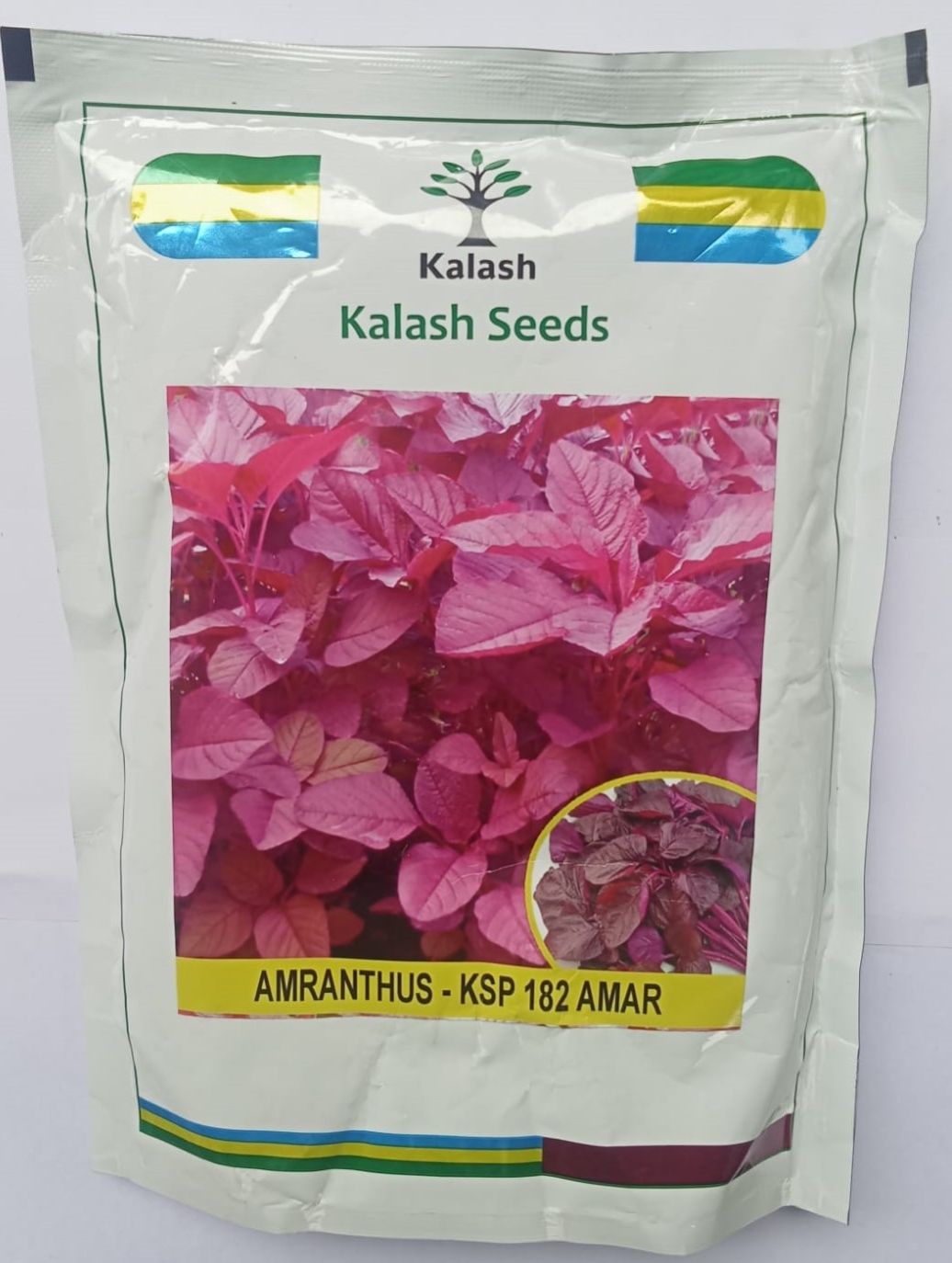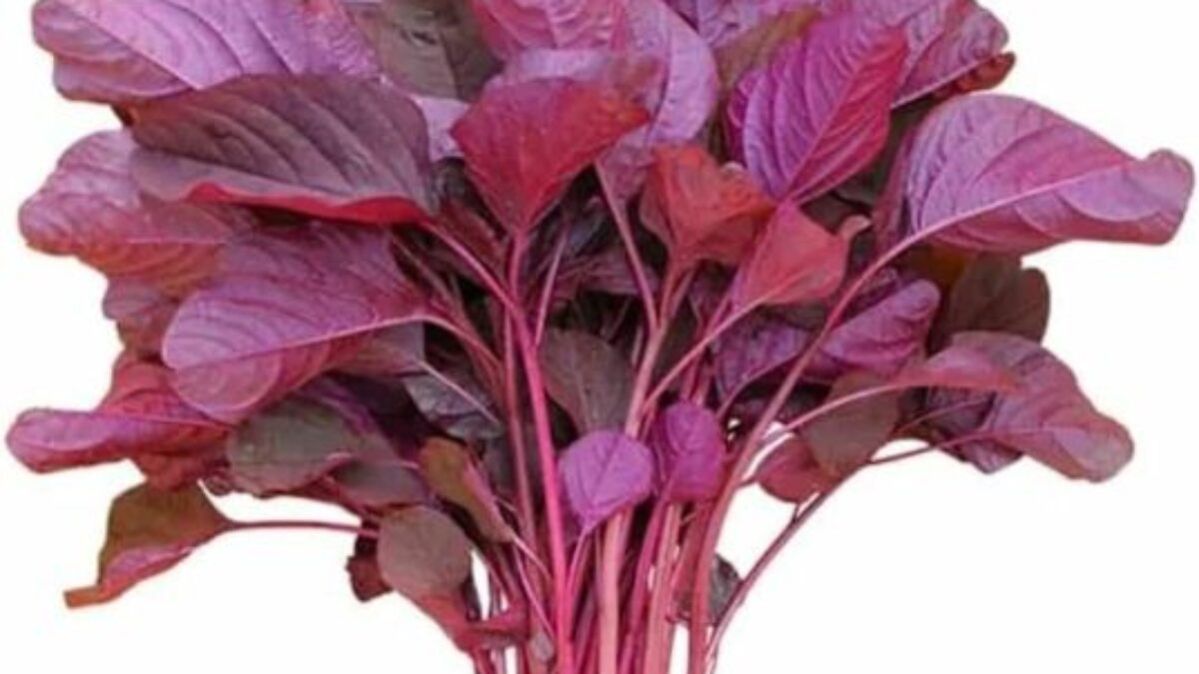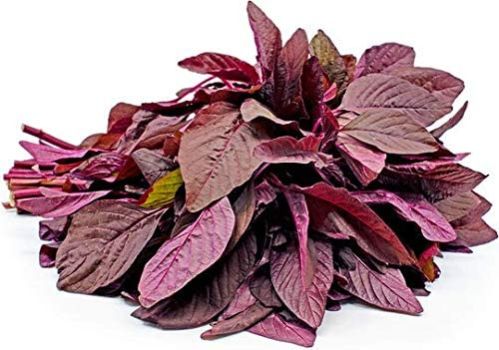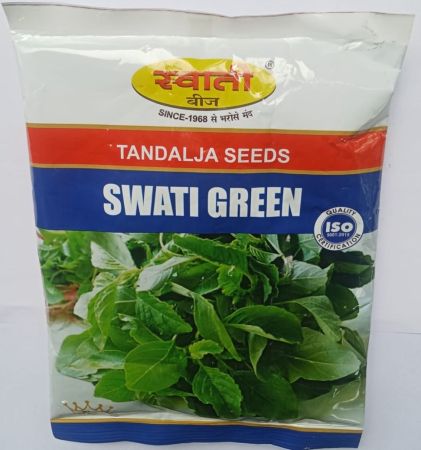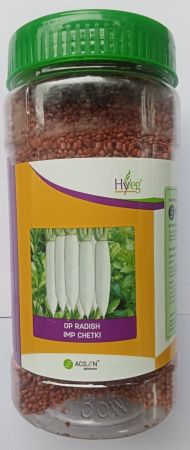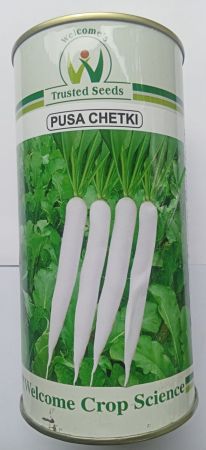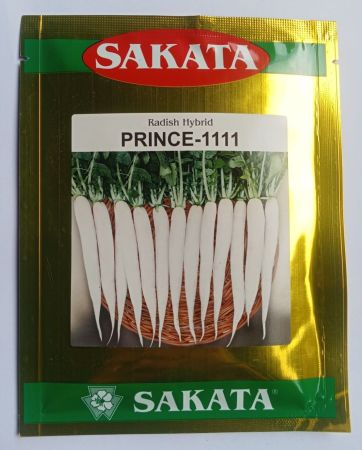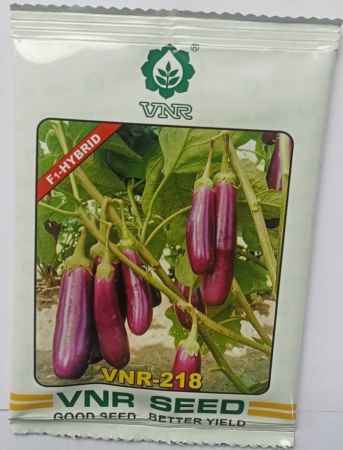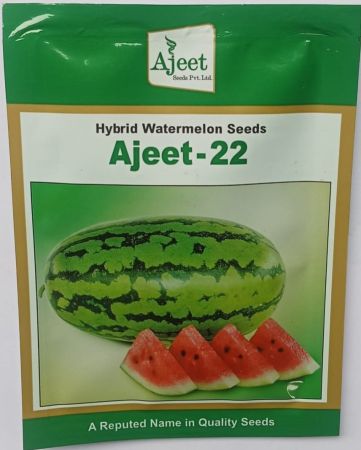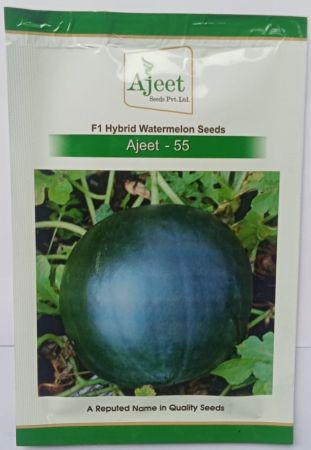<
लाल माठ �...
Red chaulai saag, also known as Lal Saag or Red Amaranth
₹ 490.00
₹585
(Inclusive of all taxes)
-

No warrenty once open
Warranty
-

COD Not Avilable
-

Non Returnable
-

Non cancelable
About this item
Red chaulai saag, also known as Lal Saag or Red Amaranth, is a vibrant, leafy green vegetable with deep red leaves and tender stems that are rich in iron, calcium, vitamins, and antioxidants. It has a slightly peppery or earthy flavor and is used in Indian cuisine to make stir-fries, curries, and dals, or can be eaten raw in salads and juices. The leaves and tender stems are cooked for a nutritious, quick-growing dish that offers dietary fiber and protein.
Characteristics & Appearance
- Color: Features striking deep red or reddish-purple hues in its leaves.
- Texture: The leaves are tender and can be eaten raw or cooked, while the thicker stems are usually discarded.
- Flavor: It has a slightly earthy and peppery flavor that enhances various dishes.
- Growing Conditions: It grows best in warm climates with well-draining soil.
Culinary Uses
-
Stir-fries:Commonly prepared by sautéing the leaves with onions, garlic, and spices for a flavorful dish.
-
Soups and Curries:The leaves can be added to soups or cooked with lentils (like moong or toor dal), a dish known as dal saag or thotakura pappu in Andhra Pradesh.
-
Raw Preparations:Fresh, tender leaves are excellent in salads or can be juiced for a nutritious drink.
-
Other Variations:In Kerala, it is prepared as cheera thoran with grated coconut, chilies, and spices, and in Tamil Nadu, it's called keerai masial.
Nutritional Benefits
-
Vitamins & Minerals:A great source of vitamins A, C, and K, as well as essential minerals like calcium, iron, and magnesium.
-
Fiber:Rich in both soluble and insoluble dietary fiber, which aids digestion.
-
Antioxidants:Contains powerful antioxidants and phytonutrients that help reduce inflammation and support health.
-
Protein:It provides a significant amount of protein compared to other leafy greens like spinach.
Red chaulai saag, also known as Lal Saag or Red Amaranth, is a vibrant, leafy green vegetable with deep red leaves and tender stems that are rich in iron, calcium, vitamins, and antioxidants. It has a slightly peppery or earthy flavor and is used in Indian cuisine to make stir-fries, curries, and dals, or can be eaten raw in salads and juices. The leaves and tender stems are cooked for a nutritious, quick-growing dish that offers dietary fiber and protein.
Characteristics & Appearance
- Color: Features striking deep red or reddish-purple hues in its leaves.
- Texture: The leaves are tender and can be eaten raw or cooked, while the thicker stems are usually discarded.
- Flavor: It has a slightly earthy and peppery flavor that enhances various dishes.
- Growing Conditions: It grows best in warm climates with well-draining soil.
Culinary Uses
-
Stir-fries:Commonly prepared by sautéing the leaves with onions, garlic, and spices for a flavorful dish.
-
Soups and Curries:The leaves can be added to soups or cooked with lentils (like moong or toor dal), a dish known as dal saag or thotakura pappu in Andhra Pradesh.
-
Raw Preparations:Fresh, tender leaves are excellent in salads or can be juiced for a nutritious drink.
-
Other Variations:In Kerala, it is prepared as cheera thoran with grated coconut, chilies, and spices, and in Tamil Nadu, it's called keerai masial.
Nutritional Benefits
-
Vitamins & Minerals:A great source of vitamins A, C, and K, as well as essential minerals like calcium, iron, and magnesium.
-
Fiber:Rich in both soluble and insoluble dietary fiber, which aids digestion.
-
Antioxidants:Contains powerful antioxidants and phytonutrients that help reduce inflammation and support health.
-
Protein:It provides a significant amount of protein compared to other leafy greens like spinach.
0 Review Of Product लाल माठ ५०० ग्राम

